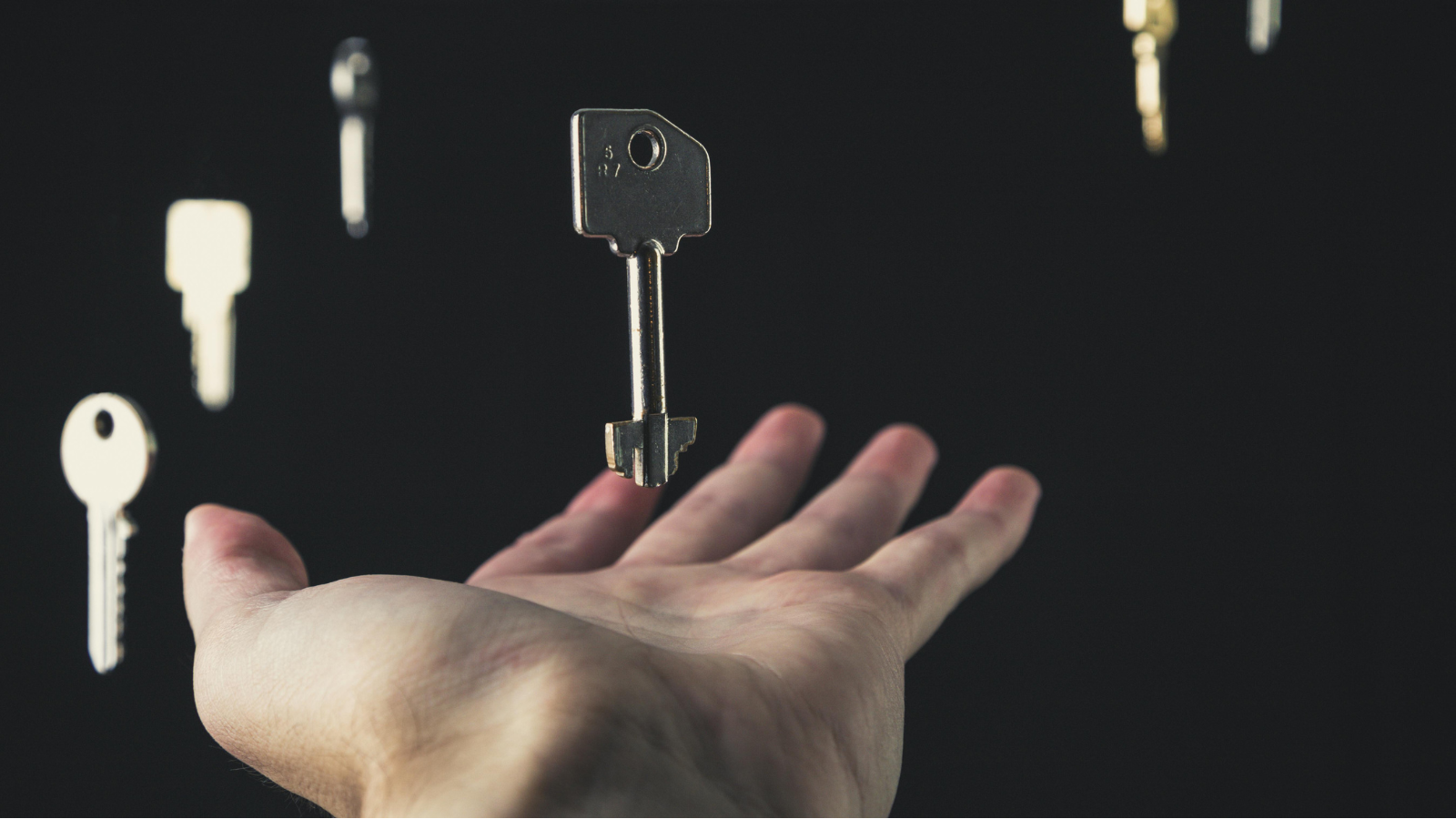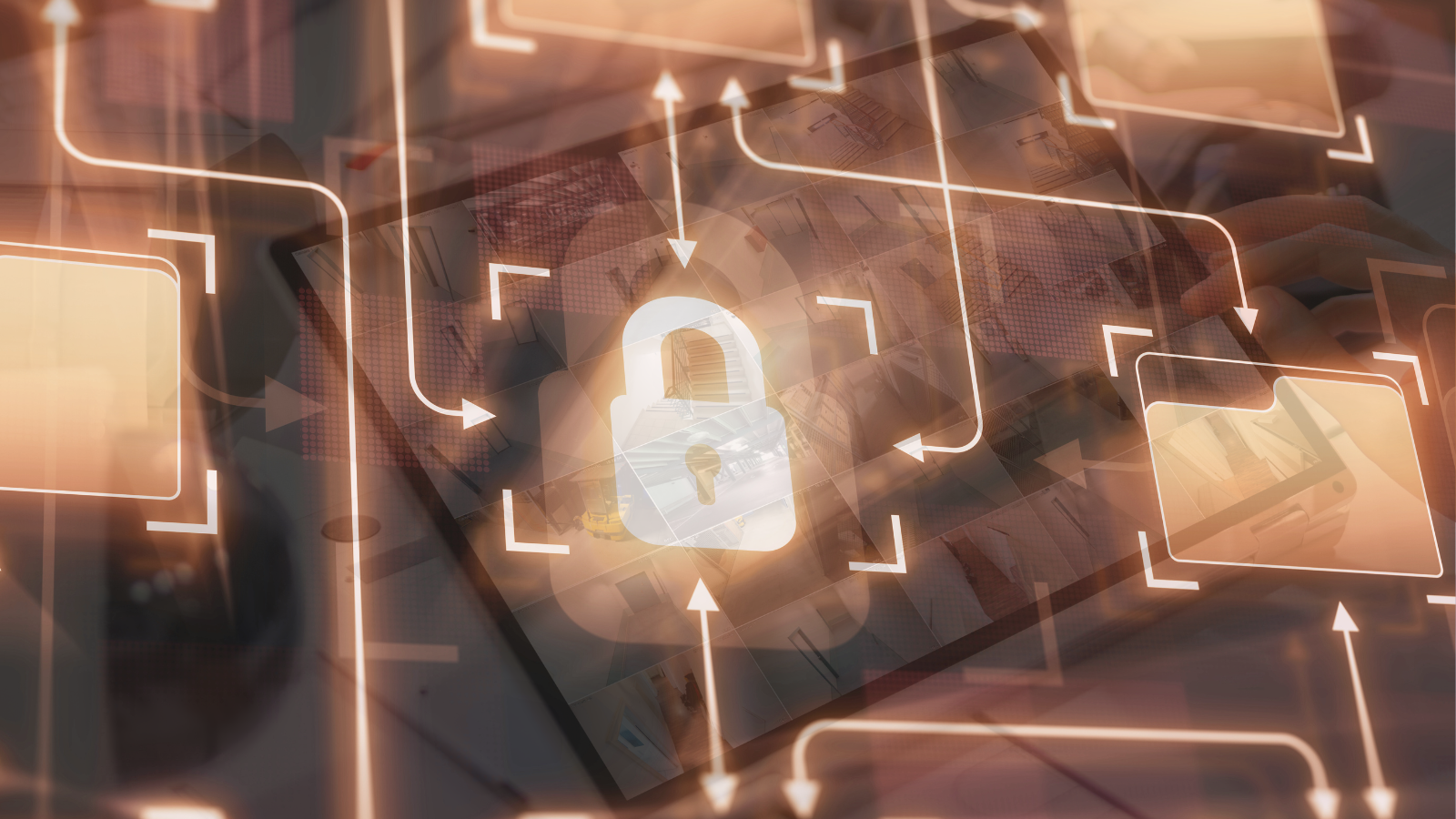Top digitization challenges, opportunities and physical security trends for higher education institutions in 2023.
Table of Contents
- Physical Security Measures for Higher Education Institutions
- Digitization challenges for physical security leaders
- Opportunities of digitization
- Physical security digitization trends
- Streamline Campus Security System Management
In 2022 Higher education institutions experienced many of the same challenges that other industries in a post-pandemic world have faced. Yet, despite these challenges, colleges and universities have shown strong resiliency by adopting remote solutions and embracing a hybrid approach to teaching and learning.
Today’s campuses have changed dramatically, but the importance of campus security and safety remains critical to higher education institutions’ success. While most colleges and universities are safe places to study and work, campus safety is essential for every institution.
Advances in security technologies and the growing adoption of digitization have empowered higher education institutions to use technological means to connect and protect their campus community.
In this article we’ll share the top challenges, opportunities, and trends that will impact campus security in 2023 and beyond.
Physical Security Measures for Higher Education Institutions
Campus physical security measures are critical to protecting students, staff, and visitors. The average college campus consists of many different buildings and facilities that require careful planning and management to ensure the safety and security of the entire campus.
Although most college campuses are safer than the surrounding communities, it only takes one incident to devastate the campus community. This reality is why physical security, specifically a layered, digital-first approach to campus security, is so important.
Layered Campus Security
Most experts agree that a layered security approach to campus security is the most effective method to secure the campus. Depending on the campus, a layered approach to campus security may include some or all of the following:
- Perimeter security
- Entrance security
- Access control
- Monitoring & Response
- Campus security program
Regardless of the layered approach, security technologies such as video surveillance and access control are critical for ensuring the campus community’s safety. Every college campus should consider implementing digitization principles and best practices in its security programs.
Digitization challenges for physical security leaders

Digitization refers to the process of making analog information digital. While physical security teams can benefit significantly by adopting a digitization strategy, industry complexities and a lack of tools to manage security devices digitally have hindered the transformation.
In today’s digital world, an average bank branch requires many physical security devices and sensors, including surveillance cameras, alarm systems, sensors, access control systems, security lighting, etc. Additionally, these devices are often sourced from separate manufacturers and sometimes deployed across multiple buildings and time zones.
Once the devices are installed, the security team is fully responsible for managing these devices, often using legacy tools designed for the physical world. In addition, the team must monitor and control the numerous upgrades, adjustments, and other lifecycle issues that arise over time. The amount of manual labor is staggering for even the most efficient security department.
Top digitization challenges for higher education institutions
Digitizing physical security systems requires a coordinated effort across teams. Leading challenges to widespread digitization adoption include a lack of a digital transformation strategy, organizational resistance, budget constraints, and issues specific to the security industry, such as a lack of standardized security system management practices.
Understanding the challenges and barriers other organizations commonly face when adopting digital transformation will help campus security leaders identify what is slowing down their organization and how to avoid stagnating in the future. Leading digitization challenges slowing down progress physical security progress on college campuses include:
- Poor visibility of systems and devices: Colleges and universities must ensure at least minimum levels of visibility to maintain their physical security systems. In simple terms, higher education institutions that lack visibility into their electronic security systems are likely unable to maintain robust physical security systems.
- Siloed information: Colleges and universities must ensure at least minimum levels of visibility to maintain their physical security systems. In simple terms, higher education institutions that lack visibility into their electronic security systems are likely unable to maintain robust physical security systems.
- Lack of leadership support: Colleges and universities must ensure at least minimum levels of visibility to maintain their physical security systems. In simple terms, higher education institutions that lack visibility into their electronic security systems are likely unable to maintain robust physical security systems.
Opportunities of digitization
Digital transformation provides an excellent opportunity for college campus security programs to reimagine how they operate, streamline and manage their physical security systems with new digital processes and tools.
The future is here, and thanks to cloud computing and lifecycle management platforms that enable organizations to manage their security investments and manage their legacy systems, it’s now possible to leverage the latest technology and make the transition to a secure environment that’s more flexible and less expensive. Opportunities for digitization for higher education institutions include the following:
- Data-driven decision making: The world is more data-driven than ever! Organizations are investing in automation and prioritizing ways to foster connectivity between internal and external systems to improve results and streamline operations. This requires real-time data processing from across the enterprise to make informed and scalable decisions.
- Scalable security practices: Campus security leaders need scalable solutions to manage the many physical security devices and sensors, such as surveillance cameras, access controls, and alarm systems throughout the organization.
- Upgrading legacy systems: Legacy system modernization can be an important part of an organization’s overall digital transformation. In an industry dominated by legacy technology, digitization allows colleges and universities to upgrade their legacy systems and standardized security.
- Reducing the total costs: Legacy system modernization can be an important part of an organization’s overall digital transformation. In an industry dominated by legacy technology, digitization allows colleges and universities to upgrade their legacy systems and standardized security.
Physical security digitization trends
Today’s digital transformation means limitless opportunities for those who can digitize their physical security systems. Here are just a few of the many trends that will continue to drive digitization.
- Cyber-Physical security convergence: Legacy system modernization can be an important part of an organization’s overall digital transformation. In an industry dominated by legacy technology, digitization allows colleges and universities to upgrade their legacy systems and standardized security.
- Cloud adoption acceleration: Cloud adoption among enterprise organizations is already over 94%. By 2023, 31% of organizations expect to run 75% of their workloads in the cloud. Some 27% of them plan to run at least 50% of their business processes in the cloud by then.
- AI Video Analytics: AI-enabled video analytics offer significant value to enterprises, and in 2023 we’ll see even more video surveillance innovation, including the ability to analyze data and draw out insights far more quickly than would ever be possible manually and high-resolution cameras that can observe and analyze a wider-than-ever field of view.
Lifecycle management
It’s estimated that by By 2023, 90% of global businesses will have contract lifecycle management solutions implemented. Lifecycle management platforms enable security professionals to manage their system planning, design, installation, and service from one centralized location while providing system-wide visibility. Often, these platforms also have reporting capabilities that help security professionals to plan security investments.
SiteOwl is the security industry’s first unified, cloud-based digital platform that offers a full lifecycle management solution that helps security professionals design, install, and manage security systems in a digital environment.
With SiteOwl, campus security teams can manage their physical security systems and maintain a robust security stance from a central location. In addition, SiteOwl allows a company to maintain a centralized database of all of its physical security systems and leverage the power of comprehensive infrastructure intelligence.
Streamline Campus Security System Management
The time has come for security leaders in higher education institutions to embrace digital transformation. By 2025, three out of every four business leaders will leverage digital platforms to adapt to new markets and industries. Moreover, taking essential steps today will ensure security teams can predict and mitigate threats before they occur, freeing up resources to focus on strategic action and decisions.
Electronic security systems technology and bank security needs are continually evolving. By leveraging technology to generate greater intelligence, physical security will also be able to do more with less, improving operational efficiency and reducing expenses by 30-50%.
Lifecycle management is a top priority for security leaders that want to digitize their physical security systems. SiteOwl is leading the digital transformation in the physical security industry by helping organizations harness the power of your systems data, enabling you to capture actionable information and insights into a centralized platform to deliver alerts when necessary and operate safely.

Su Subburaj
Su is SiteOwl's CMO and leads all marketing and communications. Su has extensive strategy and management consulting experience and previously consulted for 3Sixty Integrated where she gained an in-depth understanding of digital transformation challenges in the physical security industry. When not working on strategies to expand SiteOwl's footprint, Su enjoys bad karaoke, weightlifting and traveling.
![Physical Security Outlook 2023 [Higher Education]](https://getsiteowl.com/wp-content/uploads/2024/10/three-college-graduates-standing.jpg)



